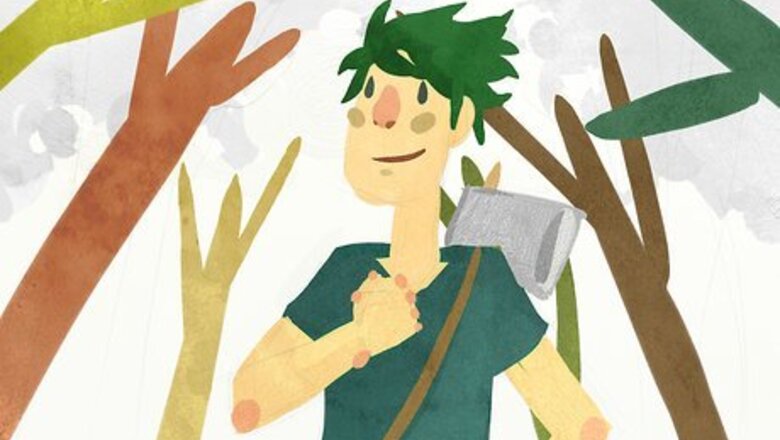
views
Note:
Temperature takes precedence over anything stated below. For cold conditions fire takes precedence. This is because water is often contained in snow or ice making thirst an easy thing to get rid of. Just as that is true, in a hot environment your body will excrete excess amounts of water making it your most sought after resource.
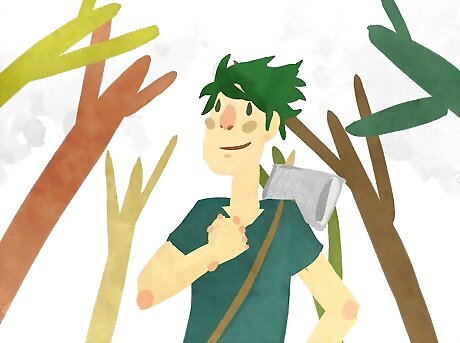
Be calm in the situation: You are your most valuable resource. Pay attention and take note of your surroundings. The only thing that can fail you in any environment is lack of motivation. If you believe you will survive your chances are higher. Its all about will-power!
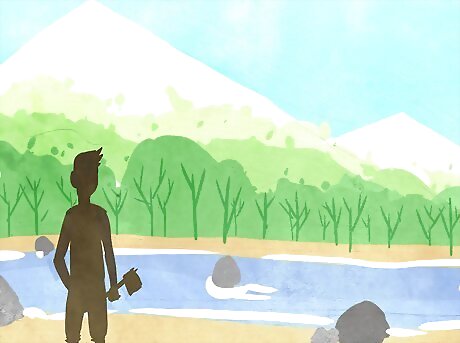
Go to your nearest source of water: If you do not know where that is, then go downhill until you find a moving, clean source. The ideal water source would be a moving river with sandy banks.
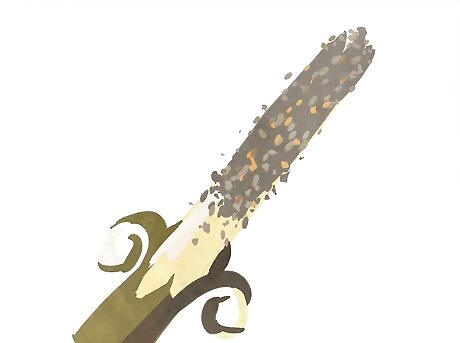
Wet stick: Once you find a river you can make a traditional wet stick. Clean the bark off from a hard wood stick, dip the stick in water and beat the side of a sandy bank. This will embed sand into the sides of the stick. Keep doing so until ample abrasiveness is accomplished. Use this stick to sharpen your axe or knife.
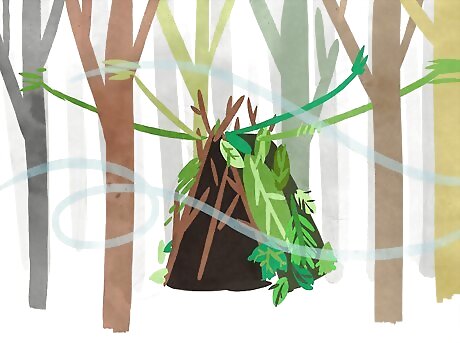
Create a shelter: Build it with a small silhouette in mind as the larger it is the more it will catch wind. Larger structures also waste physical resources and energy in building and upkeep. Also note that smaller shelters tend to trap more heat and heat up much easier than large shelters. Make sure to face it away from the prevailing wind. Also consider the fact that the shelter will need to drain any rain that comes.
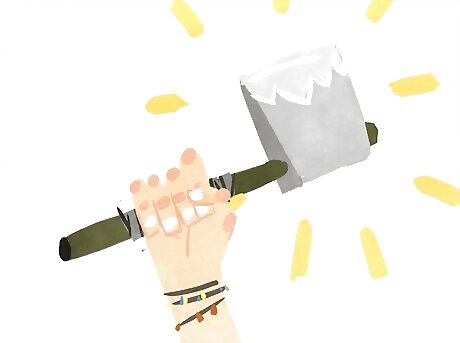
Use that axe: Once you have a relatively permanent position you have around three weeks in which you can use the axe before food deprivation can kill you or make you severely sick. Also note that after two days of not eating you will begin to lose energy. During those two days it is important to find a safe food source as in that time your body will still hold ample amounts of energy. Tips for this will be explicated below.
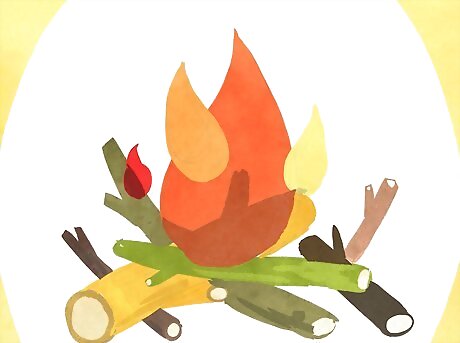
Search for large amounts of dry wood that can easily be dragged to your shelter. You can use the blunt end of your axe to snap softwood away from a tree. Larger softwoods tend to have a great many dry branches ideal for the making of fire. Also note that pine needles make ideal tinder. You will need this dry wood to produce safe food and water.
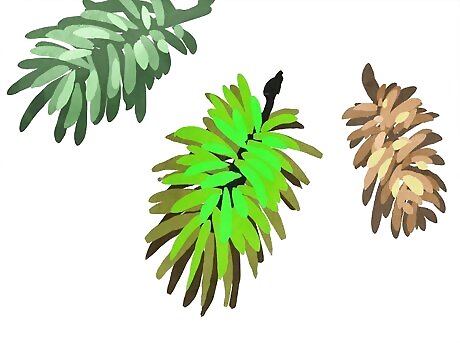
You can use your axe to chop off spruce boughs. Be careful not to get pitch on your hands as the sticky sap can create large blisters if worked into your skin. The reason spruce is important is because boiling the needles into a tea makes the perfect morning drink. Imagine a cup of nasty-tasting orange juice with seven times as much Vitamin C. Note that this concoction will also save you from scurvy.

The only real significant source of fat and protein in the wild is that of meat. By successfully using snares and pitfalls one will only catch something on the rarer side of things. As that is the case it is important to set many snares, in varied locations. It is also important to remove all these snares before you move on.
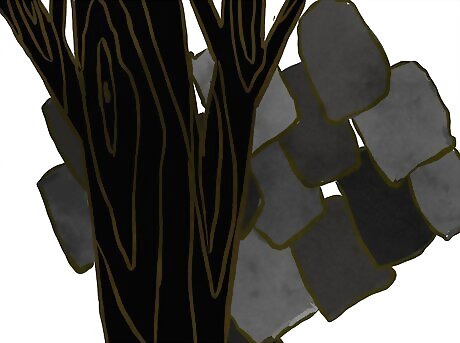
You can use your axe to make a waterproof shelter. If you cut down an ash you can pound the blunt end of the axe on a white, brown or black ash. This will loosen long strips that can be pulled off and used as shingles. If they break vertically while you pull them off the log simply use pitch to fill the cracks. The ash is a sacred tree to many Native Americans. Native basket makers will often times offer tobacco before a tree is chopped down, it would be wise to make this offering, or one that can be deemed appropriate given your resources. This is out of respect for where the knowledge comes from and out of respect for the thing that helps you survive in adverse conditions.

Keep an eye out for game trails; avoid those that are large as they support larger predatory threat. Instead look to the smaller game trails that often yield quail, rabbit and smaller turkeys. These creatures can be captured using the stringy roots of spruce or the inner bark of basswood in the form of a snare. The basswood snare is a powerful tool but is a native technology that requires the destruction of a tree. An offering of tobacco or some other comparable resource may be advisable. Never compromise survival to make such an offering.
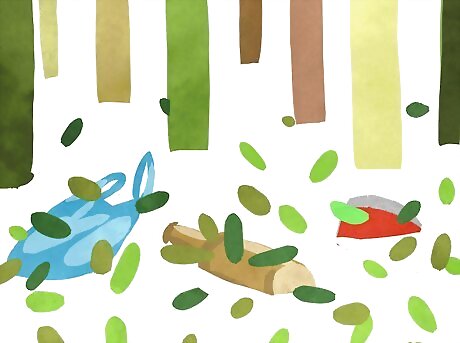
Look for things you can use. There are very few places where man hasn't been. Signs of his presence include bottles, cans and often times wrappers useful for tinder. Also during the autumn rocky terrain is often hidden under a layer of leaves. Men have died because they did not check their footing with a good walking stick, as this tool can serve a number of purposes.
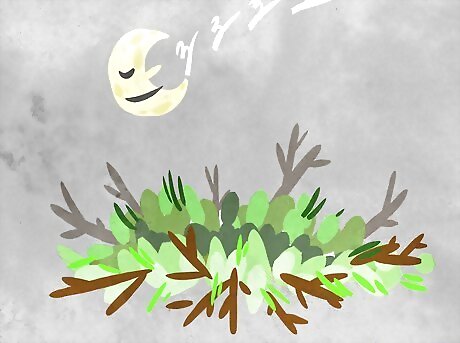
To stay warm at night, get up off the ground. The earth gets cold at night. Lay a mattress of pine, cedar, juniper boughs, palm leaves, or just small wood or pine needles. More layers = more warmth.
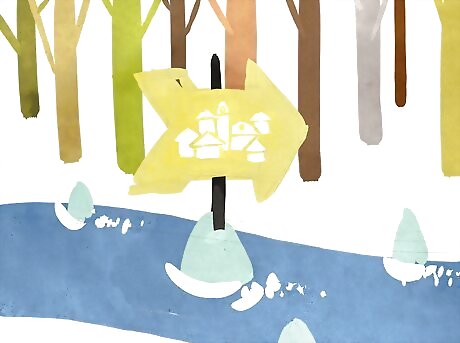
If your source of water is a river all you have to do is follow it downhill to find a road or town. Be prepared however to go anywhere from 10–50 miles (16–80 km), or much further, depending on the location.
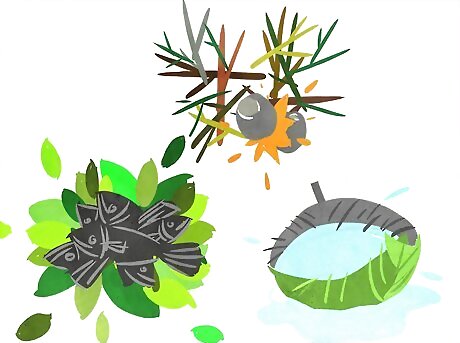
It pays to be prepared before you move. Often times one reverts to wishful thinking in a time of crisis. Again be prepared to travel indefinite distances or you will not survive. In situations where you suspect that someone will be searching for you, it is generally advisable to stay put, provided you have sufficient food and water resources.
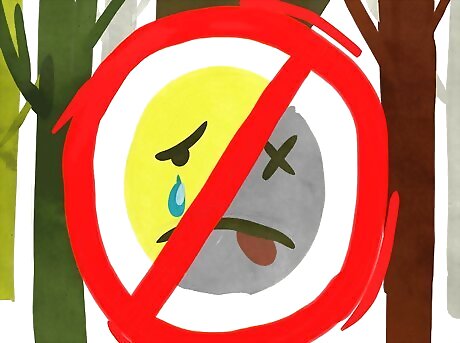
Never revert to a state of apathy or indifference as the world is only as merciful as you make it. Once you give up there is nothing keeping you from dying. Humans can and do survive on virtually any terrain on Earth. If a technique is not successful, learn from the mistake and keep trying.













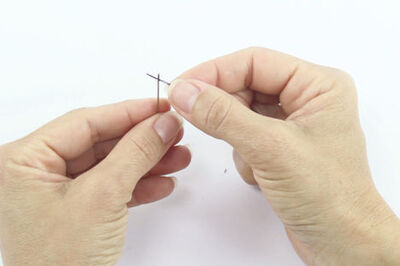





Comments
0 comment